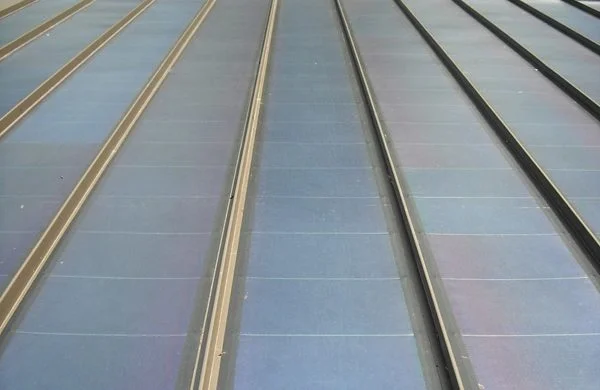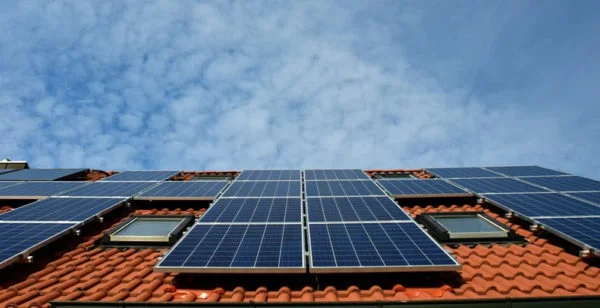
What are Solar Panels and How They Produce Electricity?
Ever wondered how solar panels create electricity?
Solar panels plays a vital part in the solar power generation. It gathers solar energy from the sun through it’s rays and through it’s technology, it is being converted to electricity to power appliances, homes and more.
In this article, we will dive more into what they are, the process of solar power generation and more.
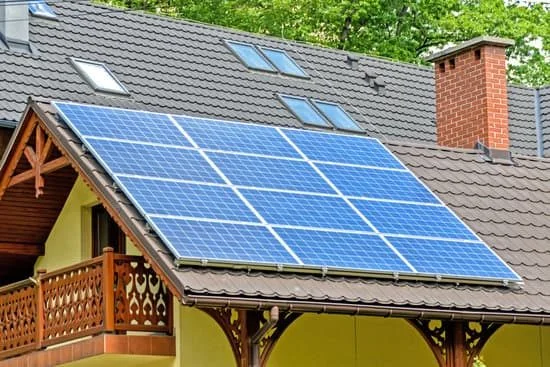
What are Solar Panels?

These are devices that convert light into electricity. They are called “solar” panels because most of the time, these devices are used for solar energy conversion. It is composed of cells called “solar cells” which plays the vital part in the conversion process.
Types of Solar Panels
Monocrystalline Solar Panels
They’re made from a single, pure crystal structure, which makes them more efficient – they can produce more power in a smaller space. But, this also makes them more expensive. They have a uniform dark look, which some people find more attractive. These are commonly used in RV’s or any areas that has small spaces.
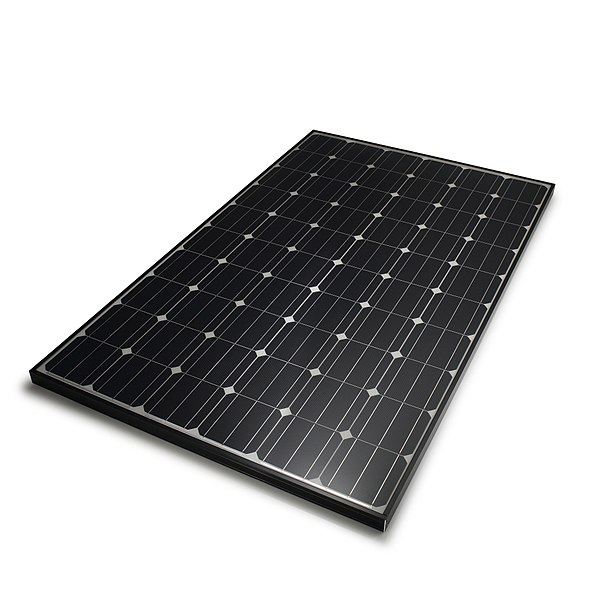
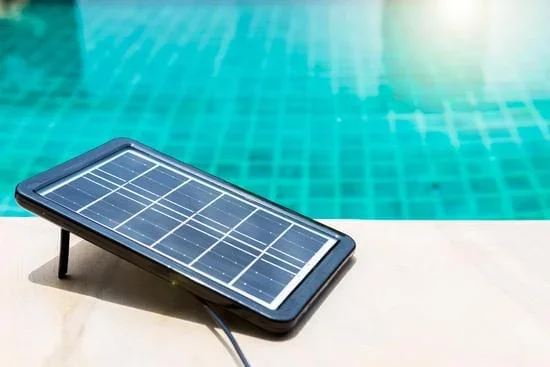
Components
- Solar cells are the heart of the solar panel. They’re like little engines that take in sunlight and convert it into electricity. Each cell is made from silicon, a material that’s really good at capturing the sun’s energy.
Solar Glass is the clear layer on top of the solar cells. It’s designed to be very transparent so it doesn’t block the sunlight. It also protects the solar cells from weather conditions outside of your house.
EVA Plastic – EVA stands for Ethylene-vinyl acetate. It’s a type of plastic that’s used to stick the solar cells and the glass together. It also provides an extra layer of protection for the panel.
Back Sheet is a big sticker that’s put on the back of the solar panel. It helps protect the panel from any electrical damage and makes it easier to handle.
Aluminum Frame is the metal frame that goes around the edge of the panel. It helps protect the panel from wind and rain, and keeps everything held together.
Electrical Components includes the junction box and the interconnector. The junction box is where the wires start that connect the solar panels to the battery. The interconnector is a wire that each solar panel has to connect with the other panels
Silicon Glue is a special type of glue that’s used to stick all the components together. It’s very strong and can withstand the weather, which makes it perfect for outdoor equipment like solar panels.
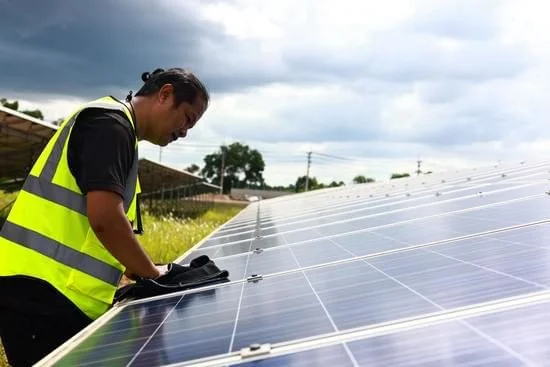
Cleaning
Solar panels require very little maintenance, especially if they are on a tilt, as rain can wash away any debris. However, during the dry season or extended periods without rain, it’s important to clean them manually. Use a soft-bristled cleaning brush and a non-abrasive cleaner. Be sure to clean the panels early in the morning before they get too hot from the sun.
Monitoring
If your panels’ energy output starts to decrease, you can monitor it via an app. Lower energy output could be a sign that your panels are obstructed by something, like debris, and cannot generate their typical electricity amount. By integrating a solar panel monitoring system into your setup, you can track how much energy your panels produce on any given day, and how much they produce over time.

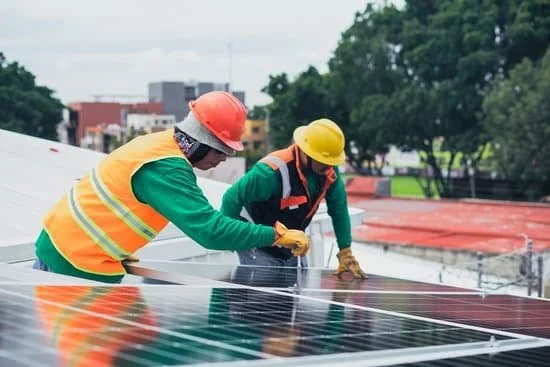
System Checks
Regular inspections will ensure that your systems are operating as efficiently as possible. An annual repair or maintenance check can help prevent a small problem from turning into a significant repair or replacement expense. However, keep in mind that repairs should be addressed only by professionals.
From Solar Energy to Solar Power
Solar panels are made from an element called silicon. When sunlight hits a solar panel, electrons in the silicon begin to move, creating DC, or direct current electricity.
Unfortunately, direct current electricity cannot power appliances in your home. To create usable electricity, solar power needs to travel to an inverter first, which converts DC electricity into alternating current, or AC electricity, which home appliances can then use.
Solar Efficiency and Why It Is Important
Solar panel efficiency is a measure of how much sunlight that hits a solar panel is converted into usable electricity. For example, if a solar panel has a 20% efficiency rating, that means 20% of the sunlight that hits the solar panel will be converted into electricity.
Most commercially available solar panels in the USA have an efficiency rating between 15% and 20%. This means they can convert 15% to 20% of the available sunlight into energy.
The most efficient panels today have tested efficiency ratings upward of 21% and 22%. However, the efficiency of a solar panel can be impacted by the type of solar panel, how it’s constructed, and the outdoor conditions where it’s installed
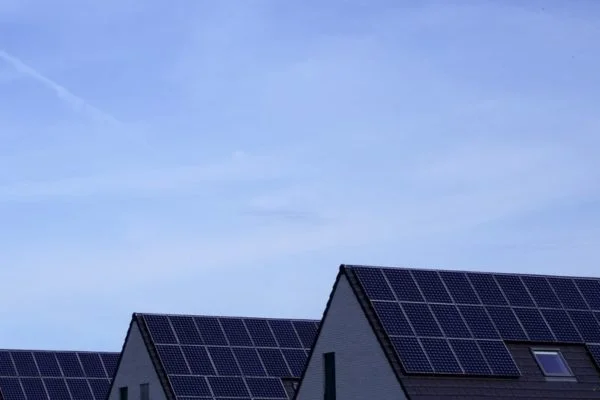
Prime Energy Solar as the Leading Solar Installer in CT
Aside from having partners who have high-quality solar panels, we also have financial partners who can provide options in getting your desired solar system. Our diverse services, makes it possible for our customers to be covered in all areas of the solar process. From preparation of the solar equipment, solar installation up to the maintenance of your solar panels, we got you covered. Contact us today for a free estimate.
Sources
- https://www.statista.com/statistics/1108684/monthly-utility-costs-usa-state/
- https://www.energysage.com/solar/types-of-thin-film-solar-panels/
- https://solvoltaics.com/solar-panel-components/
- https://www.solarreviews.com/blog/what-are-the-most-efficient-solar-panels
- https://www.solarreviews.com/blog/solar-panel-maintenance-everything-you-need-to-know
Articles you might like
Check out our other pages
Need assistance?
- Contact us here
- Call us – 203-408-2440
- Business Hours – 9am to 5pm Mon-Fri
Frequently Asked Questions:
1. What is a solar panel used for?
Solar panels are a technology that captures sunlight and converts it into electricity through photovoltaic cells. These panels can be used in a wide range of applications, including powering homes and businesses, remote locations, and even spacecraft. This allows homeowners to get lower electiricity cost and even help with the environment.
2. How is a solar panel made?
Solar panels are made through a multi-step process transforming sunlight into electricity. They start with silicon wafers which are treated to create an electric field. These wafers are then wired together and encased in layers of glass and protective materials to form a complete solar panel. The final product efficiently captures the sun’s rays and converts them into usable electricity. In addition, takes an experienced manufacturer to provide a high quality solar panel. Thus, if you plan to purchase a solar panel make sure that the manufacturer is reputable and is using top-of-the-line technology.
3. Do solar panels need maintenance?
They do but only minimal. On the other hand, it is best to always check that the system is working in order to make sure that solar panels are on its optimum performance.


